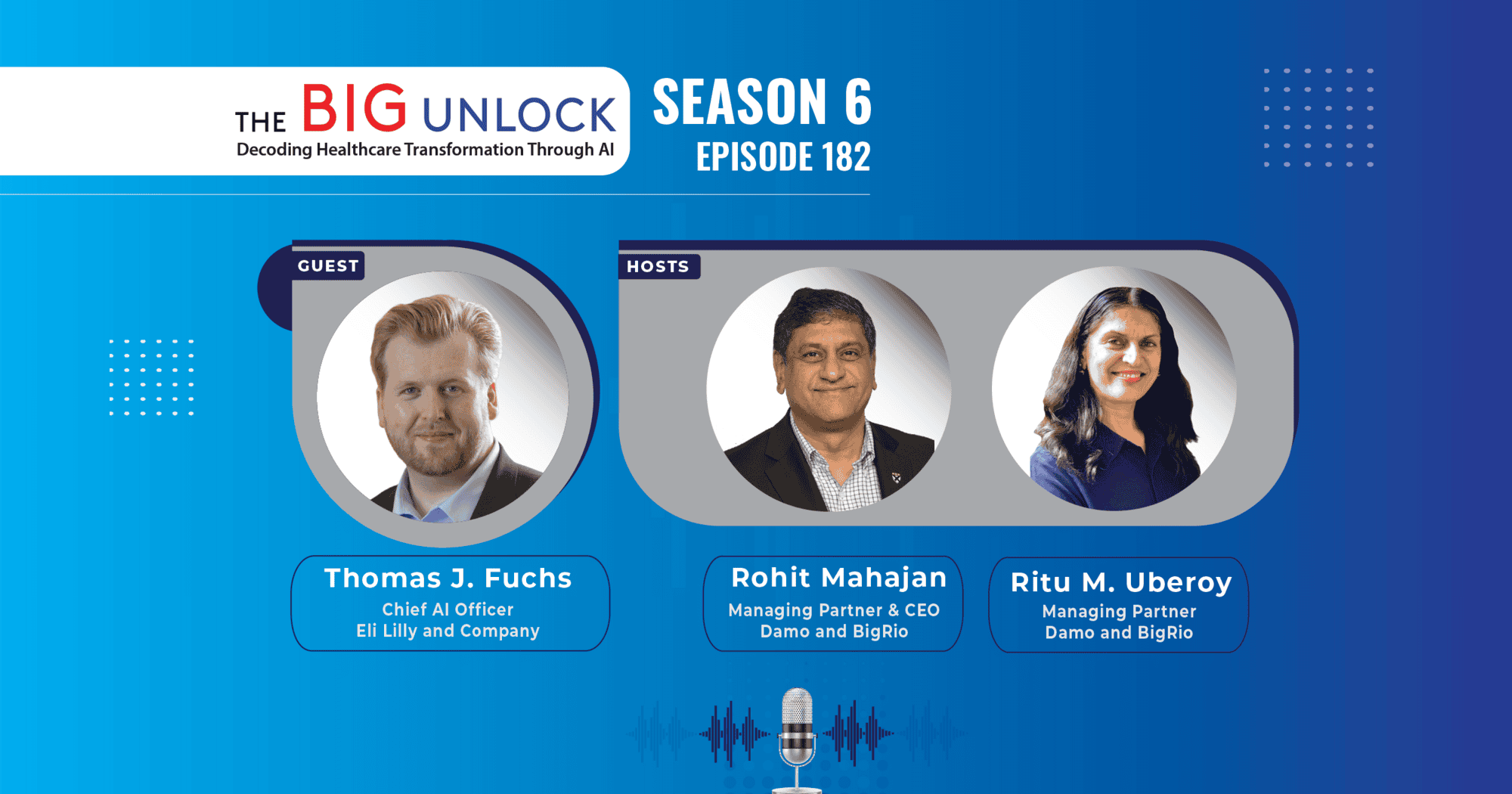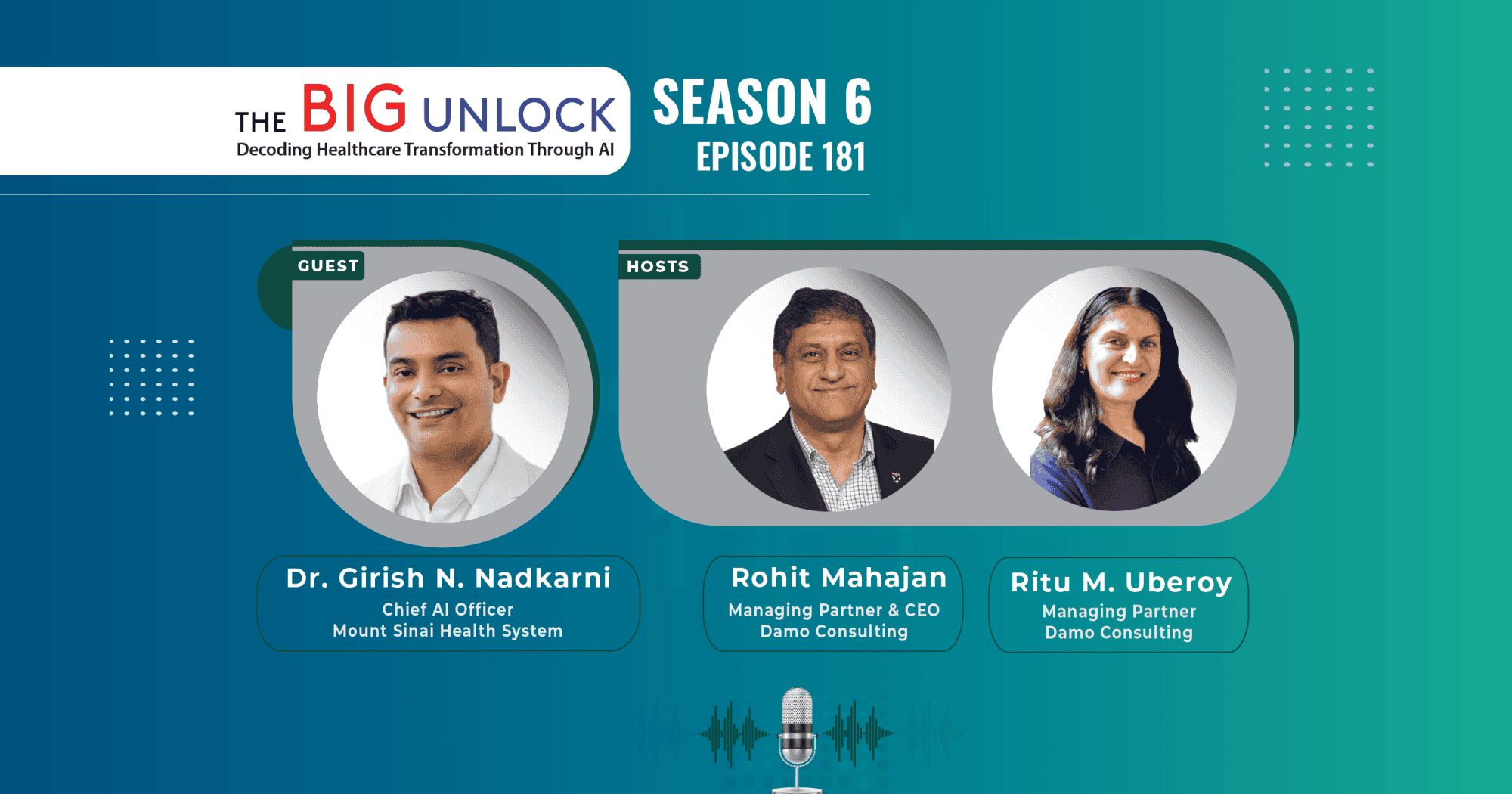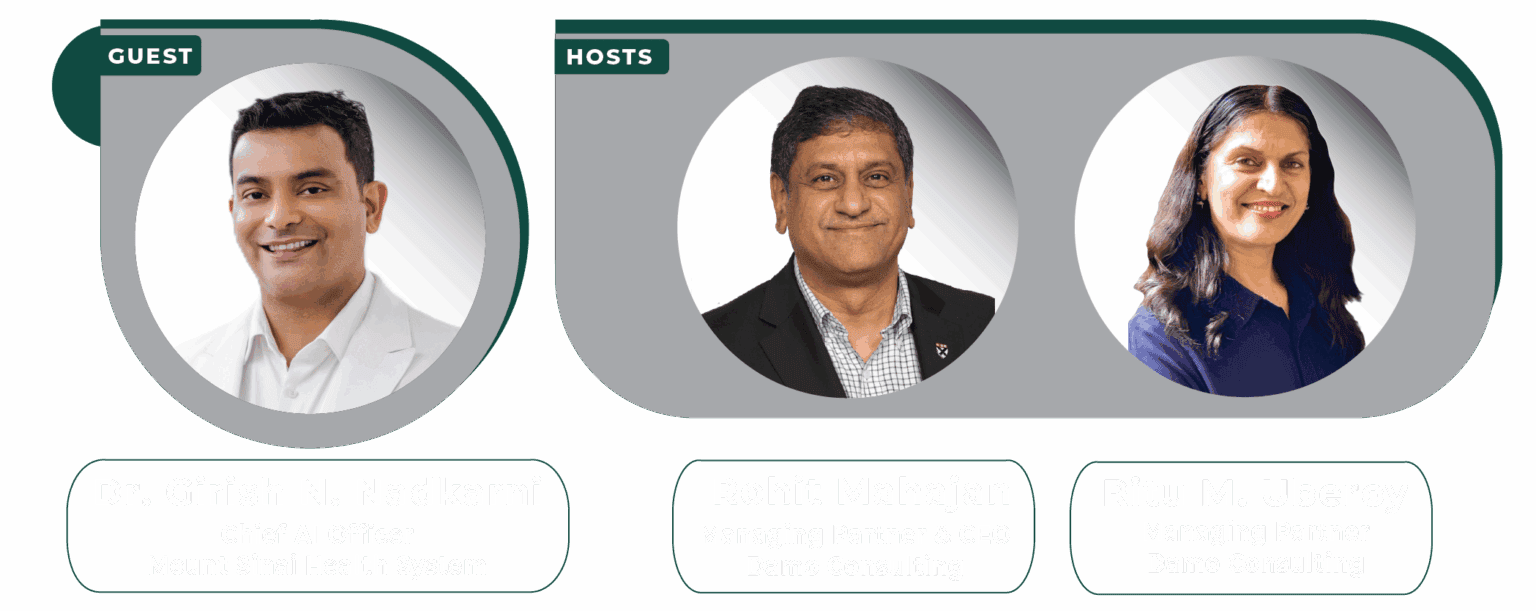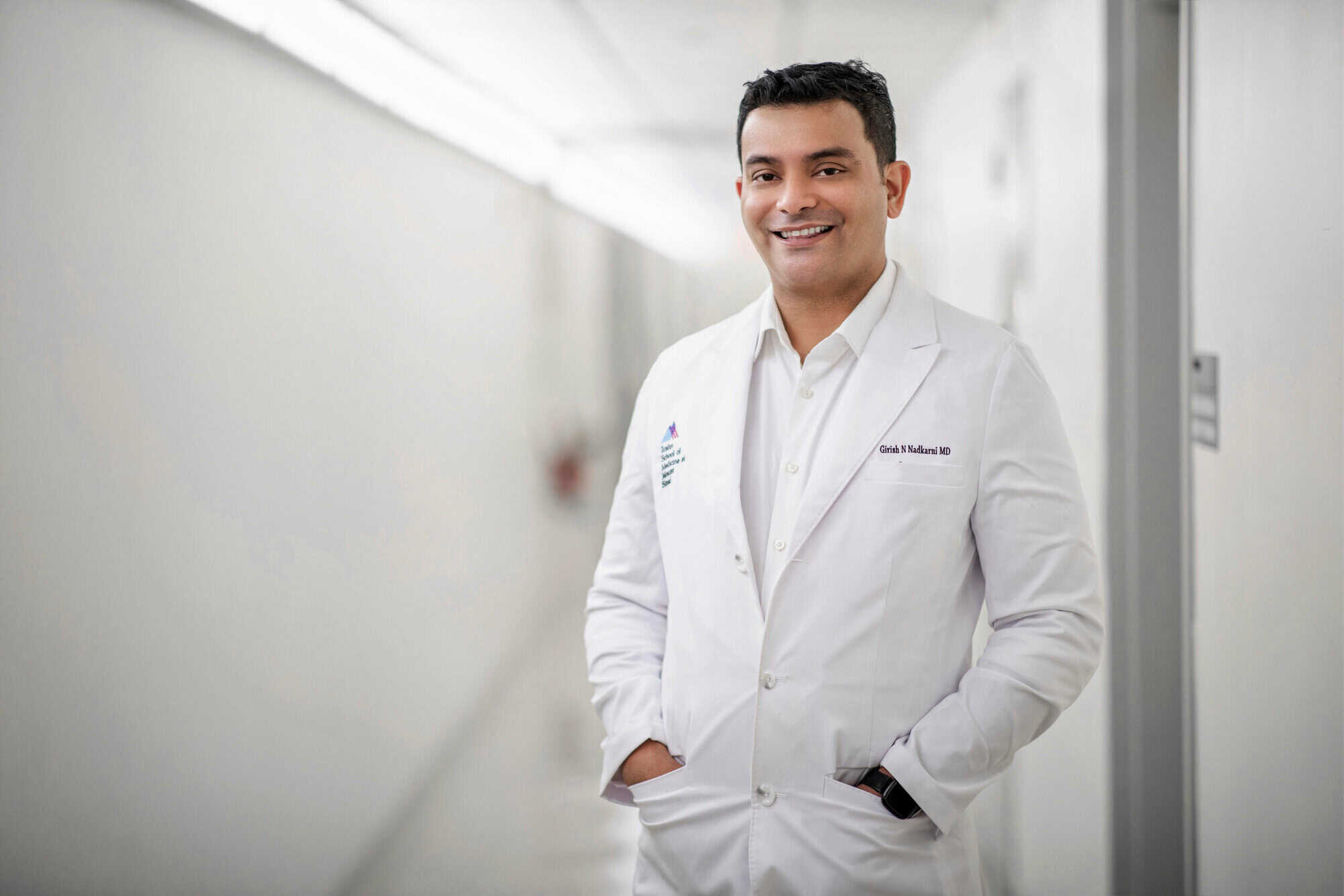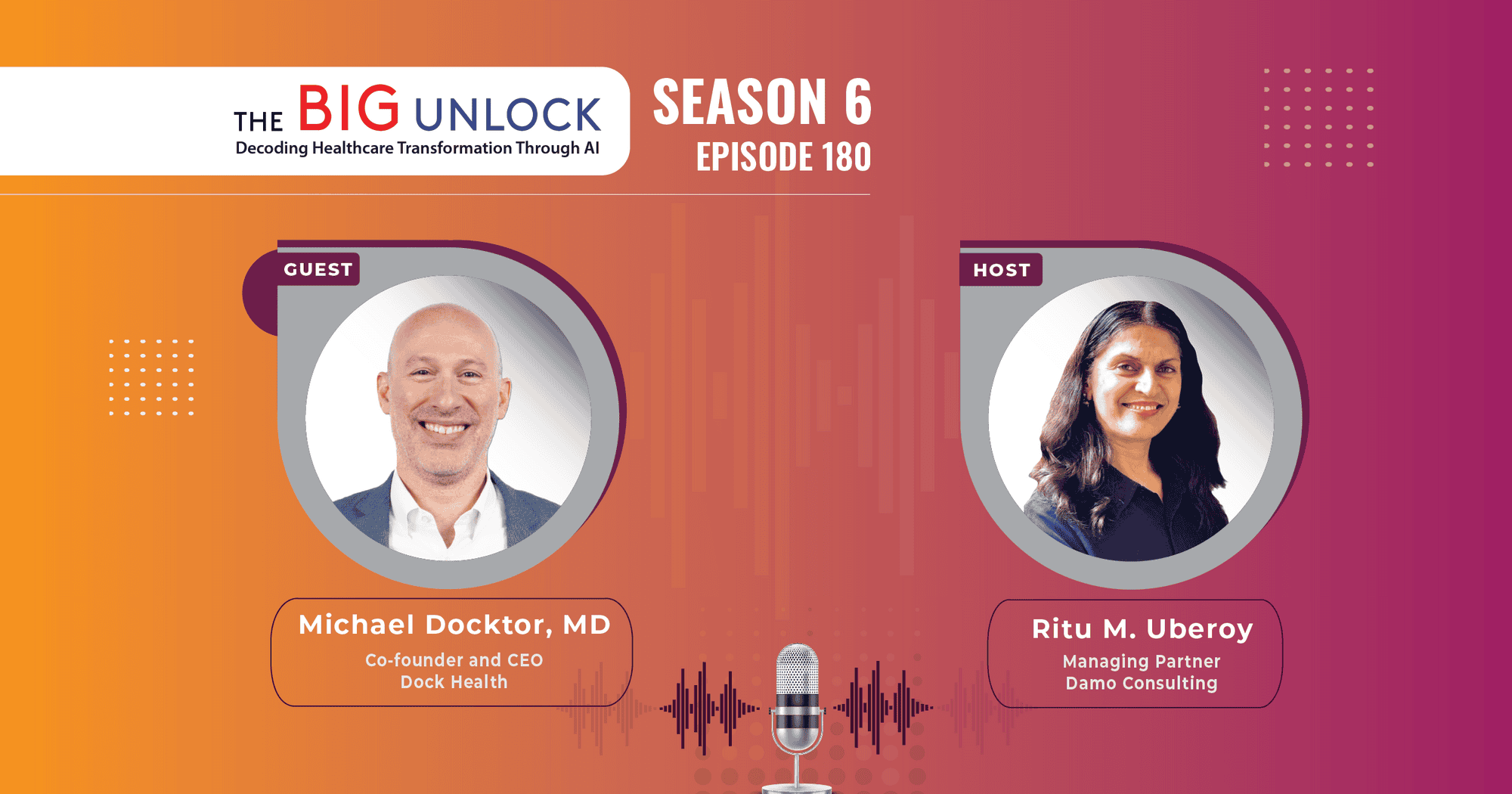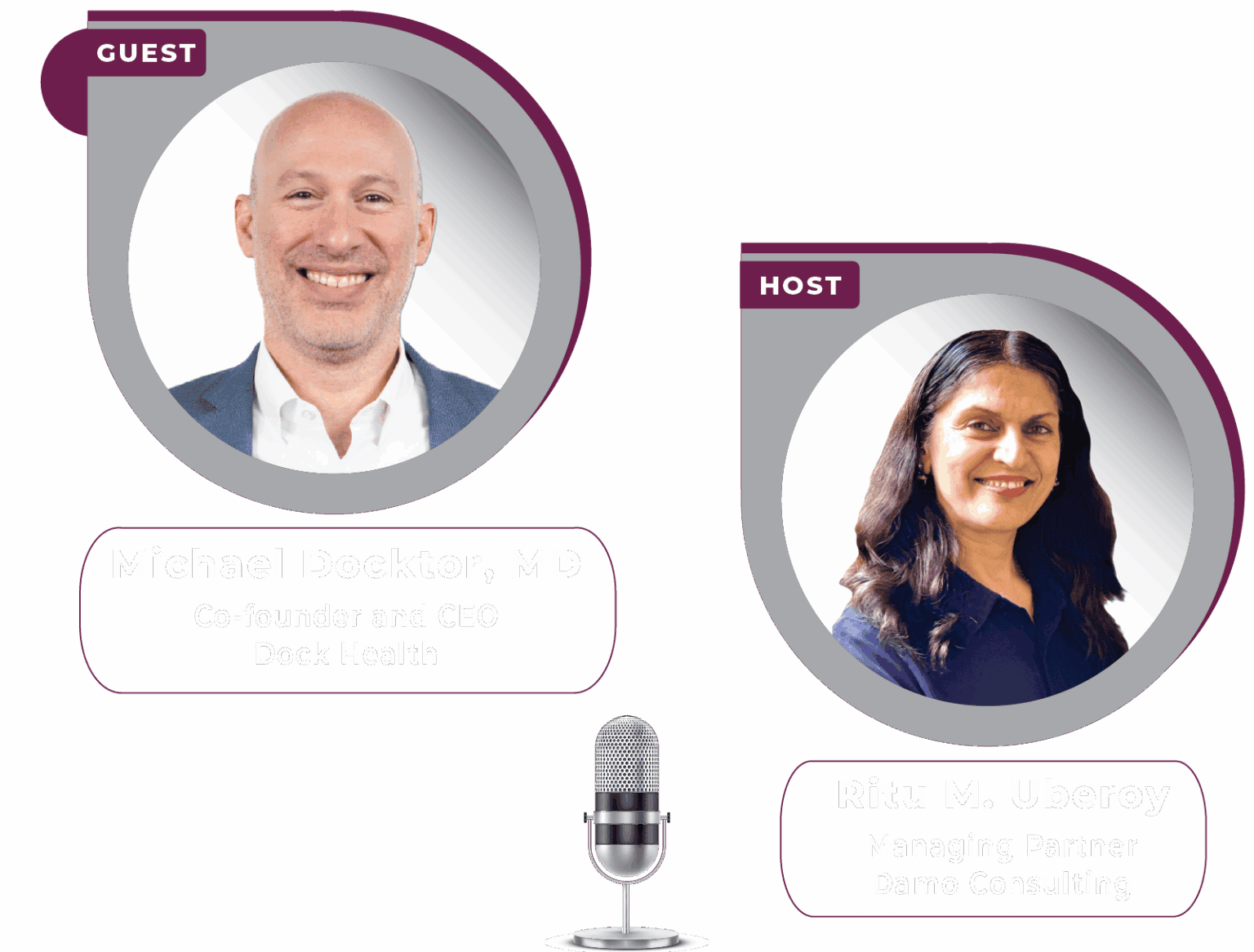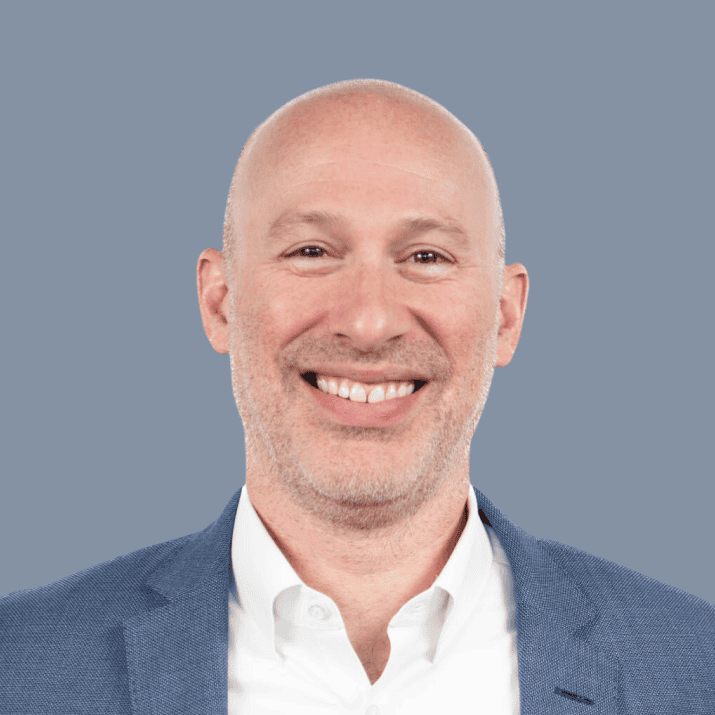Season 6: Episode #182
Podcast with Thomas J. Fuchs,
Chief AI Officer, Eli Lilly and Company
AI Innovation Across Healthcare and Pharma
Share
In this episode, Thomas Fuchs, Chief AI Officer at Eli Lilly, shares his journey from early machine learning research to spearheading transformative AI initiatives across the pharmaceutical value chain. Lilly is running over a thousand AI projects—from drug discovery and development to manufacturing and commercial operations—leveraging innovations like language models for chatbots, computer vision for quality control, and biomarker development.
Thomas emphasizes trust, transparency, and collaboration as critical to AI adoption, supported by AI certification programs for all Lilly technology employees, as well as AI education resources being made available for everyone at Lilly. He also highlights the company’s unique “lab-in-the-loop” setups that generate synthetic data to accelerate innovation.
Thomas shares real-world successes, including AI-assisted drug discovery and intelligent chatbots, and how AI is building confidence across the organization. With robust data infrastructure and scalable strategies for synthesizing large datasets, Lilly is driving rapid innovation. Thomas predicts faster drug design, broader access to medicines, and continuous education as defining trends for AI in healthcare. Take a listen.
Video Podcast and Extracts
About Our Guest
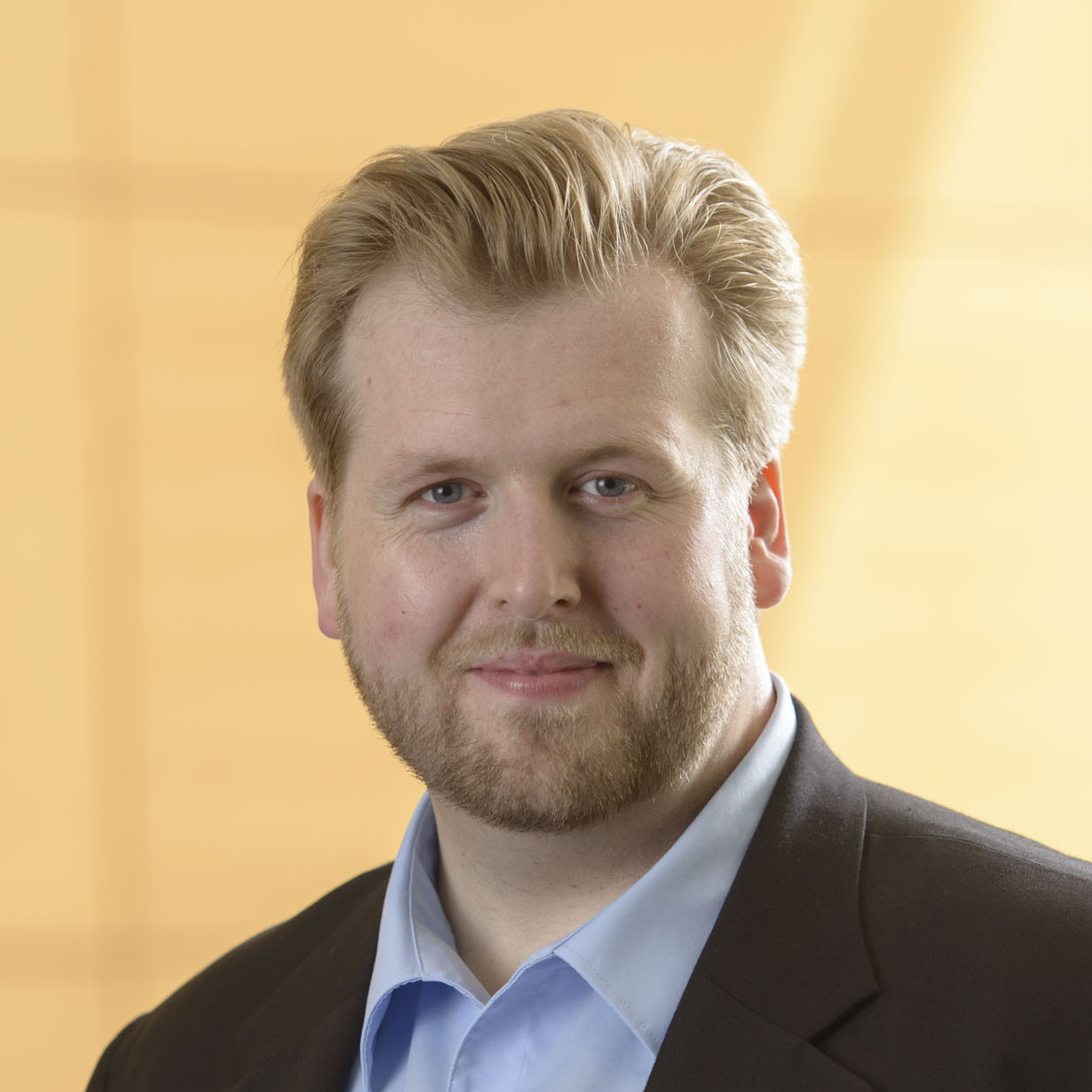
Thomas J. Fuchs, Dr.sc., joined Eli Lilly and Company as its first chief AI officer in 2024. In this role, Fuchs provides vision, strategic direction and overall leadership of AI initiatives across Lilly, including drug discovery, clinical trials, manufacturing, commercial activities and internal functions. He also identifies, builds and manages AI and machine learning solutions to help Lilly provide medicines to patients around the world.
Before Lilly, Fuchs was dean and inaugural department chair for AI and Human Health at Mount Sinai, director of the Hasso Plattner Institute for Digital Health at Mount Sinai, and endowed Barbara T. Murphy professor for AI and computational pathology at the Icahn School of Medicine at Mount Sinai. Prior, Fuchs held positions at Memorial Sloan Kettering Cancer Center, NASA's Jet Propulsion Laboratory and the California Institute of Technology. He also founded three companies, including Paige AI. Fuchs holds a doctoral degree in machine learning from ETH Zurich and a master’s degree in technical mathematics from Graz Technical University in Austria.
Recent Episodes
Ritu: Hi Thomas. We are delighted to have you as our guest today on The Big Unlock podcast. This is season six, and we are at about 180 episodes. Our listeners love to hear from people at the forefront of AI who are using it successfully in their organizations. My name is Ritu M. Uberoy, and I’m Managing Partner at BigRio and Damo Consulting, and co-host of The Big Unlock podcast with Rohit. With that, I’ll hand it over to Rohit, and then you can get started. Thank you.
Rohit: Hi Thomas, a very warm welcome to the podcast. We are looking forward to an exciting conversation. I’m Rohit Mahajan, CEO and Managing Partner at BigRio and Damo Consulting. Over to you, Thomas, for your introduction.
Thomas: Thank you so much for having me. It’s a pleasure to be with you. I’ve seen many of your episodes—it’s a great podcast. I’m looking forward to the conversation. I serve as Chief AI Officer at Eli Lilly and Company, a great place to develop AI, build medicines with AI, and help the pharmaceutical value chain deliver more medicines to patients.
My background is in AI. I have a PhD in machine learning from a time when it was not cool yet, and I’ve spent nearly my whole career in AI in healthcare at large systems like Memorial Sloan Kettering and Mount Sinai. I’ve had many students and founded three startups, some of which received FDA approval for AI in healthcare. I’m really excited to be here.
Ritu: Wow. Our listeners always love the origin story. So what pulled you to healthcare specifically, Thomas? You said you were in machine learning, but why did you choose healthcare? That always uncovers a very good journey, if I may say so.
Thomas: Very good question. As a kid, my father took me to a rescreening of 2001: A Space Odyssey, and then I wanted to build AI—like HAL 9000, but a good one. When I did my master’s thesis, I had a colleague who trained a neural network to differentiate cancer from non-cancer. I was completely surprised it was even possible. It was amazing that you can do that with code and help patients. It took over 20 years to get that into the clinic, but being able to help people by writing code is amazing. That got me hooked and that’s why I spend my career and energy in machine learning and healthcare.
Ritu: Great answer. Thank you so much. Rohit, would you like to ask the next question?
Rohit: Thomas, you have a unique perspective having worked in startups and having become familiar with AI before the ChatGPT movement, where AI has been democratized and is within reach of everyone. Please tell us more about your role at Lilly and the initiatives you’re focusing on. We’d love to learn more about what you’re setting out to do.
Thomas: Lilly is a fascinating place because, in contrast to many startups or other organizations, the breadth of AI application is enormous. We use AI in drug discovery for small molecules, large molecules, and genetic medicines. We use it in development, large language models to help draft documents for regulatory agencies or answer questions, and to improve workflows across the organization.
There’s also a huge space in manufacturing. There’s a lot you can do with AI and digital twins to produce medicines better and faster. We use time-based models in financial forecasting for profit centers and P&L, and on the commercial side, we use AI to help our sales force contact HCPs and plan routes.
It’s very diverse throughout Lilly where AI can be applied. We have a central registry tracking all AI projects, currently over a thousand across different areas, making it a very interesting and diverse job.
Ritu: Great answer, Thomas. You know, that leads us into the next question. Last year when we were at HIMSS or any of the other conferences, the main keyword was human in the loop. You know, AI is here to augment, not automate. There was a clear distinction that this is going to be a tool that helps you in your work or makes you do things in a better, easier, or faster way.
But now, with the rise of agentic AI and frameworks, we are seeing complete autonomy. The talk of human in the loop is kind of taking a backseat, and we’re seeing that these agents can autonomously accomplish a lot of work. But with that comes the trust factor. Since you said the range of applications is so broad across Lilly, how do you see that?
How are you evangelizing AI at Lilly to help pathologists, physicians, data scientists, and others trust AI and make sure it’s there to help them in their work and augment human capabilities?
Thomas: Very good question, thank you. And of course, a very broad one. First of all, I think it helps to ground the conversation a little bit. These AI models are all fabulous machine learning models and help us tremendously, yes, but there’s no magic behind them. These models don’t have will or volition, and they’re not going to run off and destroy civilization.
Regarding agentic AI, we use agentic approaches in many areas. We use agentic orchestration, for example, in lab-in-the-loop scenarios or in complicated submission systems. But often, the heavy lifting is not done by the language models used to orchestrate everything, but by dedicated models—for example, diffusion models for molecules or temporal models that we use on the financial side.
There’s a lot of AI outside of language that’s very important, but the orchestration is often done in an agentic way, and the LLMs allow us to have an interface to all of these.
Regarding trust, you are spot on. In organizations like ours, and actually very successful ones, it can be more difficult to have that organizational change management. You have to convince colleagues to use new tools and change what they did in the past. That only works if you are deep in the trenches with the various areas where you apply it. You co-develop with them from the beginning, solve real business or scientific problems, and make sure you can actually integrate them into their workflow.
What never works—didn’t work in healthcare or in startups, and doesn’t work at Lilly—is developing something very cool outside and then trying to throw it over the fence into the application area. That always fails. You have to really do it together, and that builds trust. You also have to have complete transparency and be very clear about the goals—what these things can and cannot do.
Some people think AI is magic and will take over everything, while others fall into the pessimistic camp and think it doesn’t work at all. If you are very clear that these large and powerful statistical models can help many processes and accelerate what we do to get medicines out faster for patients, then you can build that trust and integrate AI systems into daily practice.
Ritu: That’s a great answer. I really agree with you because that’s what we heard at other conferences as well—that it can never be a top-down dictate. It has to be a buy-in from everybody in the company. People have to feel involved, and that makes them more open to being part of the change management.
With that being said, Thomas, if you can give us one or two real-world examples of success stories at Lilly where you’ve had great success with your approach to AI, or demonstrated projects that brought people on board and showed the power of AI, I think our listeners would love to hear more about that.
Thomas: Of course, yes. There are many in the language space. For example, our software product engineering team built something called Cortex, and on top of that, there’s Chat in the Box. These are systems any employee can use. If you have hundreds or thousands of PDFs in your area, you can index them, load them there, and build your own chatbot. We have hundreds of very specialized chatbots in the language areas that people use constantly.
We also have larger, advanced systems with guardrails for communications with regulatory agencies, drafting documents, and so forth.
Outside of language, we have a large initiative in discovery—that’s large molecules, small molecules, nucleotide language models for genetic medicines. For some of our targets, some of the leading molecules were already co-designed with AI. We build our own foundation models at Lilly. We have the luxury of an enormous wealth of data over many decades—Lilly is 150 years old—and reaction data from two decades alone provides a huge resource to build property prediction models and de novo design models. They compare very well with other approaches, which is very motivating for the team.
In the computer vision space, we use vision transformer models or other image-based models for quality control in manufacturing. That has allowed us to increase throughput on production lines for millions of injectors. There you have immediate impact with AI and computer vision. We also use AI to build more biomarkers—where I come from, in pathology—to find and classify cancer, and in the preclinical space to assess disease or reactions to medication in preclinical models. Later, in radiology, we use it to track disease. These are very exciting areas with concrete implications at Lilly.
Ritu: Thank you for sharing some of those examples with us. It’s very interesting, and when you say you have data from 150 years, that’s where most companies get stuck because that data is either isolated or not in a shape or form to be used. So that data scrubbing or data labeling itself becomes a huge project. Did you at Lilly feel the same way, or was the data already in a good enough shape or form to be used or input into your AI systems?
Thomas: Of course, that’s always a moving target for every large organization, but I was surprised how well in shape the data infrastructure actually was when I joined Lilly.
It’s quite amazing. But it is, of course, a moving target. Lilly brings on dozens of new devices every single day, every lab that goes online and so forth. We constantly have new data coming in, new data streaming, and new old data sources being opened up.
So, AI allows us to take advantage of data we couldn’t take advantage of some years back, be it unstructured text data or image data and so forth. It is a constant moving target, and as you know, in machine learning, 80% of your work is always data work, and then 20% is machine learning on top. That does not change at Lilly; it’s like at a startup or in academia as well.
What is very unique here is that we can also produce a lot of data. We have various initiatives where we build lab-in-the-loop setups where we can produce huge amounts of data we can then use to train models at a scale I haven’t seen before. That is very exciting, but it’s also necessary, so you can really compare it to the self-driving car industry where you need your models to produce much more data than you could properly collect in the real world. And that combination of synthetic data and real-world data really gives us the amount of data that facilitates the training of these frontier models internally, which we then can use to design molecules or for all kinds of predictions.
Ritu: That’s a very good insight because I remember hearing about Wabi, who are doing self-driving trucks, and they said there’s just not enough training data in the world to train those trucks, so they had to simulate an entire universe and use synthetic training data to train the self-driving trucks. Those trucks are now driving on the roads of Houston, and it’s really interesting to see how they’ve been trained on synthetic data, but they actually proved that the synthetic data is equivalent. There was no difference between the real-world data and the synthetic data. So that’s a very interesting insight. Thank you for sharing that, Thomas.
Rohit: I was thinking about that, such a large organization with a very large number of employees, Thomas, possibly approaching 50,000 employees globally and many different cultures and languages. Now we have this new thing which is AI and very fast-moving generative AI. How do you win hearts and minds, or how do you influence or turn around such a big ship that you are now suddenly the captain of or steering towards AI? Any initiatives or early steps?
Ritu: With AI literacy, I think Rohit wants to ask how generally?
Thomas: I have to say, first of all, it’s actually easier these days than just a few years back. That’s the change of mind of the whole society. If you think about AI five, ten years back, you had to push ideas very hard to be adopted. For example, in a medical setting, these days, sometimes you have the opposite problem. Again, there’s so much demand that you can hardly fulfill it. In our AI group throughout Lilly, you mentioned the global reach, and I think that’s something very important at an organization like ours. For example, I have great teams in Bangalore, and now we also have teams in Hyderabad, in Ireland, all over the U.S., and many places in the world. That also gives you very diverse ideas about AI, the use of AI across the world from very different societies. That certainly makes our work much stronger, much more robust to all the changes that are happening in our society across the globe. So first of all, that helps a lot.
Second, we do a lot of internal education, of course. At Tech at Lilly, everybody has to be certified in foundation courses in AI. We do advocacy and education for everyone at Lilly. There are a lot of resources we bring to bear. And then we have change champions for AI in all different parts of the organization who not only disseminate knowledge but also get ideas back. With our central AI registry, we are collecting this enormous wealth of ideas throughout the organization. Then we can pick and choose the ones which really drive us forward most and which will help the patients most at the end of the day.
But, of course, since we are in a regulated setting globally, there are a lot of things you cannot easily change. You can run fast and break things and fail a lot, as we do in research, but you cannot do that when you are patient-facing. There, you need quality systems at the highest possible standard in AI as well as in all other spaces. And then, of course, there are regulatory requirements not only from the FDA but also the EMA in Europe, or in South America and Asia, and they all have different AI regulations we have to take into account. So we also have a large initiative on the legal, compliance, and ethics side on how we handle AI throughout Lilly and across these applications.
Ritu: So, for some of the projects that you see, what would be the typical time horizon? Because you said there’s an AI registry and people bring you these ideas. Can you give us a little insight into that? Because you said you like to fail fast and try out ideas. So what are some of the typical timelines for these projects?
Thomas: Of course, it depends, but that’s a very good question. We have a risk-based approach. For example, if you do an internal proof of concept on data that’s not embargoed or doesn’t include PHI, you can be very fast. We often have POCs that take only two weeks—really amazingly fast. I was very surprised when I came in how fast Lilly is moving compared to other areas. But then, of course, if you think about discovery—the development of molecules—these are very difficult things. That takes years, and you need the breadth to develop that and the AI for these models over many years. That also needs expertise of computational biologists or computational chemists who’ve used AI in that field for decades.
So, we set up dedicated teams that dive deeply into these areas. These are not things you can just try out. You can’t throw all your electron microscope data into ChatGPT and hope something comes out. These language models will never solve science on that level. You really need dedicated models, dedicated expertise, and years of work in these different areas. But it’s worthwhile doing that difficult part. And it’s also something I always tell startups. We get so many startups who think they’ll just try something with an API to a language model, make a mock-up in two weeks, and then sell that to pharma. But every startup has to be aware: if it only took them two weeks, then our internal software AI team also only needs two weeks. It’s much more worthwhile to go after the really difficult things—the problems not everybody can solve. And of course, those are the most exciting areas.
Rohit: To that point, Ritu, I’m chiming in – it just sparked a thought around the startup world and innovation in large business enterprises. You’ve seen both, Thomas. You’ve bridged the gap. Would love to hear more about your entrepreneurial journey. What kind of startups you ventured into, how you feel now in a large corporate environment doing innovation, and whether the approaches are different or similar.
Thomas: I had my first startup at 16 in Austria in the nineties. That was a very different world than Lilly is now. Back then, I coded a whole hypertext system without the internet—just from books and magazines. That’s very different from the AI-supported coding we can do today. But it teaches you a lot. One thing that stays constant is that you need, at the end, the customer who’s actually interested and buys what you make, and it has to fit into the workflows you’re developing for.
One of the most interesting startups I founded was called Paige—Pathology Artificial Intelligence Guidance Engine. We spun it out in 2017 from Sloan Kettering. There, we built very large models in pathology. We digitized millions of slides—billions of images, 10 times more pixels than the whole Netflix catalog. With that, we built large frontier models in pathology that led to models for cancer classification in prostate cancer, breast cancer, and so forth. That led to the first breakthrough designation of any AI in oncology from the FDA and the first approval of an AI in pathology. These models work surprisingly well across the globe, so they can generalize.
But in practice, of course, you have hurdles in terms of reimbursement and digitization. Even in the U.S., only 10% of hospitals are digital in pathology. In the other 90%, diagnostics are done like 150 years ago—pathologists looking through a microscope and making a judgment on a slide instead of having a quantitative readout. There’s a huge gap between what we can do today in AI and diagnostics and what patients actually get access to. As William Gibson said, “The future is already here—it’s just not evenly distributed.” You see that constantly.
One reason for joining Lilly was that we have the enormous opportunity to reach millions of patients. You can have an impact at a much larger scale than before. Many of the drugs we’re developing are for terrible diseases like obesity that affect over a billion people globally. To do something against that and help with AI is, of course, fabulous. The sheer scale is very different than back in the day, but of course, a large organization is also very different from a startup.
Rohit: Tough job. I would say Thomas.
Ritu: But extremely rewarding. We’d like to ask Thomas for some closing comments—where do you think the future is headed? What do you think the next three top trends are going to be, for Lilly or for AI in general? Anything else you’d like to share with our listeners? Thank you, Thomas.
Thomas: That’s a difficult question—predicting the future is always challenging. A big area is de novo design of molecules. This is enormously challenging, but the speed of change there is dramatic. Although some are skeptical because we can’t pump out new medicines with AI the way we can generate poems in language, the sheer scale at which we can now propose new molecules that are synthesizable and have attractive properties is a huge phase change compared to one or two years ago. That will impact how fast we can develop drugs, but more importantly, whether we can find the right drugs for the right targets.
When you start solving that problem, the next challenge becomes development—how to prove these drugs work efficiently. That requires rethinking how we run trials. Some of our submissions have 100,000 pages of documents to regulatory agencies—nobody’s going to read that. The agencies will use AI to read it. So wouldn’t it be better to exchange data and do that faster, to get drugs to patients more quickly, given they’re safe, effective, and equitable? If we can prove that, we can hopefully increase the number of medicines delivered globally.
That’s why there’s also a push for small molecules—it’s easier to ship a pill than an injector, which democratizes access to medicines across the world. To do that effectively, we’re again in manufacturing—you have to do it at scale very efficiently. That’s a huge challenge and includes not only digital twins but also robotics, not always humanoid, but industrial robotics, autonomous mobility on manufacturing floors, and across the world. It’s a very exciting area.
Then, of course, a lot of education—not only for healthcare providers but also for patients globally. Hopefully, we’ll have better mechanisms to get drugs to patients. We should never forget that of the increase in life expectancy over the last 100 years, 20 years of that came from better medicines. It’s medicines that make our lives better, and that’s a worthwhile goal to pursue. Doing that by writing code is just amazing.
Ritu: Thank you, Thomas. Great closing thoughts, and I’m sure that leaves a lot for our listeners to think about.
Rohit: Thank you, Thomas, for such an engaging discussion. We really appreciate it, Thomas. Hopefully, we’ll be back again sometime soon to discuss another topic.
Thomas: Thank you for the invitation and for a very engaging conversation. It was fabulous.
————
Subscribe to our podcast series at www.thebigunlock.com and write us at [email protected]
Disclaimer: This Q&A has been derived from the podcast transcript and has been edited for readability and clarity.
About the host
Paddy is the co-author of Healthcare Digital Transformation – How Consumerism, Technology and Pandemic are Accelerating the Future (Taylor & Francis, Aug 2020), along with Edward W. Marx. Paddy is also the author of the best-selling book The Big Unlock – Harnessing Data and Growing Digital Health Businesses in a Value-based Care Era (Archway Publishing, 2017). He is the host of the highly subscribed The Big Unlock podcast on digital transformation in healthcare featuring C-level executives from the healthcare and technology sectors. He is widely published and has a by-lined column in CIO Magazine and other respected industry publications.
About the Hosts
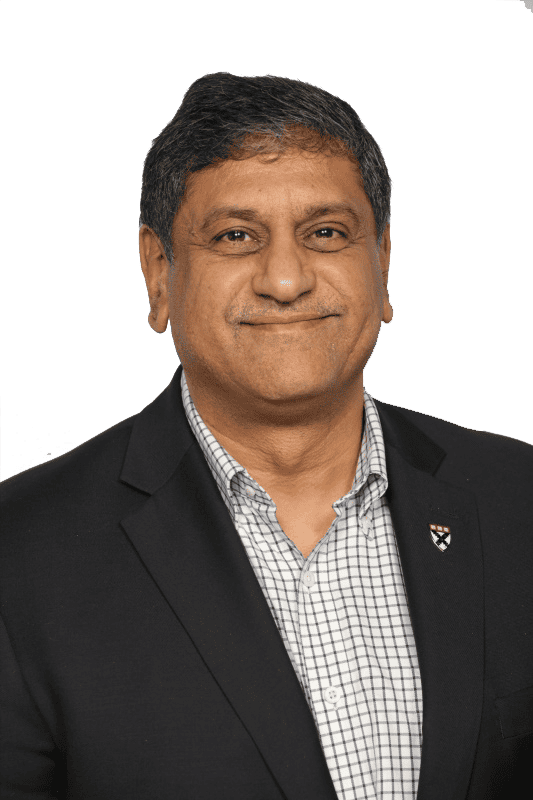
Rohit Mahajan is an entrepreneur and a leader in the information technology and software industry. His focus lies in the field of artificial intelligence and digital transformation. He has also written a book on Quantum Care, A Deep Dive into AI for Health Delivery and Research that has been published and has been trending #1 in several categories on Amazon.
Rohit is skilled in business and IT strategy, M&A, Sales & Marketing and Global Delivery. He holds a bachelor’s degree in Electronics and Communications Engineering, is a Wharton School Fellow and a graduate from the Harvard Business School.
Rohit is the CEO of Damo, Managing Partner and CEO of BigRio, the President at Citadel Discovery, Advisor at CarTwin, Managing Partner at C2R Tech, and Founder at BetterLungs. He has previously also worked with IBM and Wipro. He completed his executive education programs in AI in Business and Healthcare from MIT Sloan, MIT CSAIL and Harvard School of Public Health. He has completed the Global Healthcare Leaders Program from Harvard Medical School.

Ritu M. Uberoy has over twenty-five years of experience in the software and information technology industry in the United States and in India. She established Saviance Technologies in India and has been involved in the delivery of several successful software projects and products to clients in various industry segments.
Ritu completed AI for Health Care: Concepts and Applications from the Harvard T.H. Chan School of Public Health and Applied Generative AI for Digital Transformation from MIT Professional Education. She has successfully taught Gen AI concepts in a classroom setting in Houston and in workshop settings to C-Suite leaders in Boston and Cleveland. She attended HIMSS in March 2024 at Orlando and the Imagination in Action AI Summit at MIT in April 2024. She is also responsible for the GenAI Center of Excellence at BigRio and DigiMTM Digital Maturity Model and Assessment at Damo.
Ritu earned her Bachelor’s degree in Computer Science from Delhi Institute of Technology (now NSIT) and a Master’s degree in Computer Science from Santa Clara University in California. She has participated in the Fellow’s program at The Wharton School, University of Pennsylvania.
About the Host

Rohit Mahajan is an entrepreneur and a leader in the information technology and software industry. His focus lies in the field of artificial intelligence and digital transformation. He has also written a book on Quantum Care, A Deep Dive into AI for Health Delivery and Research that has been published and has been trending #1 in several categories on Amazon.
Rohit is skilled in business and IT strategy, M&A, Sales & Marketing and Global Delivery. He holds a bachelor’s degree in Electronics and Communications Engineering, is a Wharton School Fellow and a graduate from the Harvard Business School.
Rohit is the CEO of Damo, Managing Partner and CEO of BigRio, the President at Citadel Discovery, Advisor at CarTwin, Managing Partner at C2R Tech, and Founder at BetterLungs. He has previously also worked with IBM and Wipro. He completed his executive education programs in AI in Business and Healthcare from MIT Sloan, MIT CSAIL and Harvard School of Public Health. He has completed the Global Healthcare Leaders Program from Harvard Medical School.
About the Legend
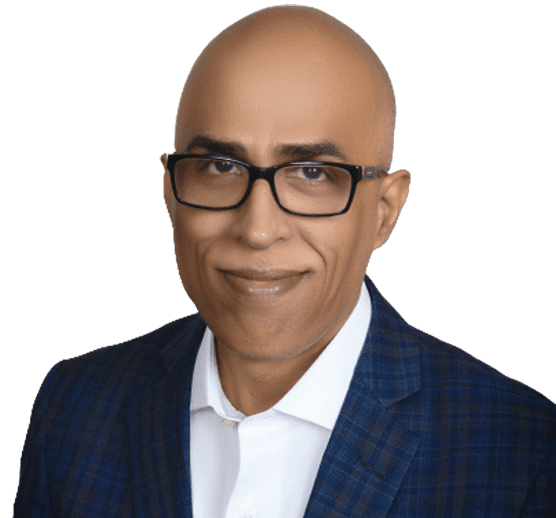
Paddy was the co-author of Healthcare Digital Transformation – How Consumerism, Technology and Pandemic are Accelerating the Future (Taylor & Francis, Aug 2020), along with Edward W. Marx. Paddy was also the author of the best-selling book The Big Unlock – Harnessing Data and Growing Digital Health Businesses in a Value-based Care Era (Archway Publishing, 2017). He was the host of the highly subscribed The Big Unlock podcast on digital transformation in healthcare featuring C-level executives from the healthcare and technology sectors. He was widely published and had a by-lined column in CIO Magazine and other respected industry publications.

